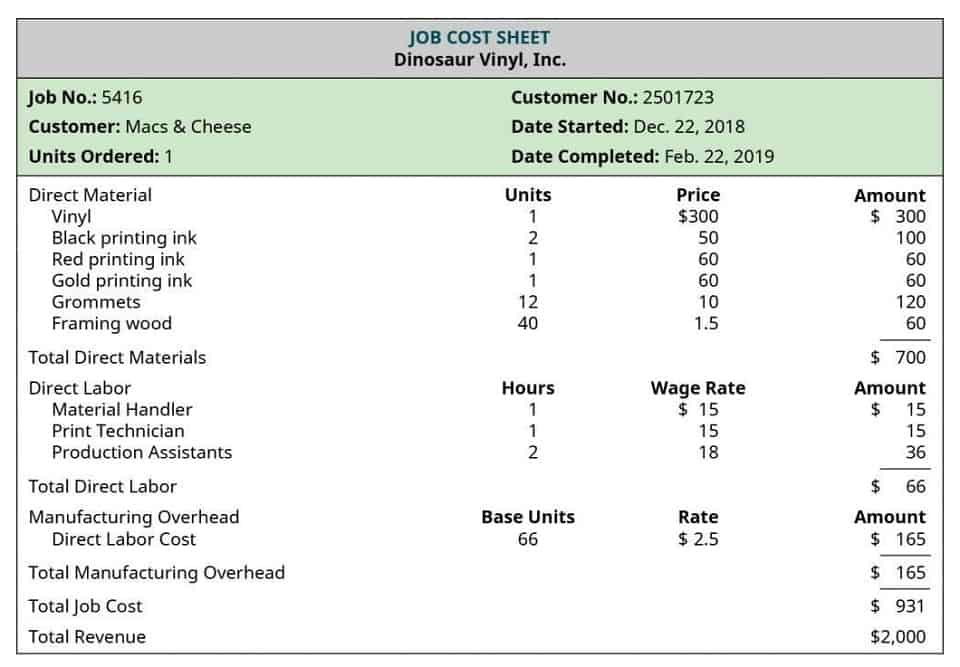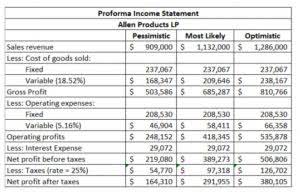
Determining the value of in-kind donations and monitoring them is of utmost importance. Nonprofits should assign a fair market value to these gifts, reflecting what they would pay on the open market or the going rate for services. This valuation, following the Financial Accounting Standards Board’s definition of fair value, is recorded in the nonprofit’s financial records, distinguishing in-kind donations in a separate revenue account. For individuals making in-kind contributions, donors can take a tax deduction for the fair market value of the donation. Donors cannot deduct for any time or services contributed to a 501(c)(3) organization.
How do nonprofits use in-kind donations?

Instead, the donor can only deduct the cost of any out-of-pocket expenses for which the donor has receipts. Major companies, particularly large corporations or those with a strong presence in the local community, are often known for their commitment to giving back through in-kind donations and more. Many of these organizations run established programs that contribute to nonprofit causes, whether through corporate sponsorships, donations of goods, or volunteer time. Then, depending on the size and significance of the donation, consider offering public recognition on social media, at events, or in newsletters. To maximize in-kind donations for events, start by creating a detailed event plan and identifying specific needs, such as catering, venue space, or volunteers.
What Donations Are Excluded?
- They offer numerous benefits, including resource diversification, cost savings, and enhanced community engagement.
- While it’s important for your organization to solicit monetary donations and maintain a regular flow of cash, you could also benefit from in-kind donations.
- As a result, they are often left with excess goods, such as the goods they produce, office supplies, or even office space.
- One common challenge involves receiving donated items that don’t match your organization’s actual needs.
- Send the donor an acknowledgment that includes your tax ID number, a description of the goods and/or services they donated and the date you received them.
- While both forms of contributions provide valuable support, they differ significantly in their nature and implications for financial reporting.
Gifts in kind, also referred to as in-kind donations, is a kind of charitable giving in which, instead of giving money to buy needed goods and services, the goods and services themselves are given. Some types of gifts in kind are appropriate, but others are not.1 Examples of in-kind gifts include goods like food, clothing, medicines, furniture, office equipment, and building materials. Performance of services, providing office space or offering administrative support, may also be counted as in-kind gifts. In-kind donations are essential, yet overlooked, gifts that extend beyond cash, including goods and services.
Back to School Transition Programming Grant 2025 (Oklahoma)
At GiveSmart, we assist nonprofit organizations by providing technology that helps you create positive change. GiveSmart is designed to fit your organization’s needs, giving you support, constant innovation, insights, and more. Start by adding a section on your fundraising website that mentions the types of in-kind donations you accept. If you send out a newsletter, you can include relevant information there, as well. For nonprofits that already have strong relationships with donors, it can be as simple as asking a donor to consider providing an in-kind contribution in lieu of their typical cash donation. An in-kind donation is a non-cash gift made to a nonprofit organization.
For example, an appropriate in-kind donation to a charitable education program may include goods such as school supplies, computers, and office equipment. However, you may want to provide a service like donating meeting space for students and staff members, transportation, or administrative services. By understanding the nuances of in-kind donations, you can unlock their full potential for your organization. Remember, the key to success lies in aligning in-kind contributions with your nonprofit’s mission and needs.
- To start, charities should establish a gift acceptance policy to minimize unwanted donations that are not in alignment with the organization’s mission.
- By creating an account, you agree to our Privacy Policy and Terms & Conditions.
- Their involvement can bring recurring support and create a collaborative network.
- Given her organization’s constant need to purchase sports supplies, that had potential.
- For example, if you only will accept new unopened paint, highlight that in the policy.
When it comes to soliciting the right types of in-kind donations, nonprofits need to identify their needs, develop a gift acceptance policy, ask their stakeholders, and then ask their wider community. Correctly valuing in-kind donations is not only important for auction https://www.bookstime.com/articles/accrue-payroll item pricing but also for keeping accurate records of all contributions made to your organization. This practice helps promote transparency about your financial status, which can lead to increased confidence in your nonprofit and stronger donor relationships. When you start planning an auction, get your team together to brainstorm a wish list of auction items.
Processing Volunteer Hours:
- These donations can include items such as food, clothing, office supplies, and equipment, as well as pro bono services such as legal or accounting assistance.
- In-kind donations thus serve as a vital resource that enables these organizations to maintain their programs and expand their reach without incurring additional expenses.
- The nonprofit accountants at YPTC are equipped to assist you with your in-kind donation recording and reporting needs.
- The generosity of donors in providing tangible materials can be a game-changer for nonprofits.
- Once your nonprofit accepts an in-kind donation, make sure the donor is properly acknowledged and thanked.
While a truck full of Nikes was probably a bit of a stretch, she hadn’t really sought any in-kind donations. Given her organization’s constant need to purchase sports supplies, that had potential. You’ll want to track all of your in-kind donations along with donor information in a spreadsheet or CRM, too. But here we’ll talk about how to record the financial transaction in your accounting system. Hopefully you already know a bit about what in-kind donations are and how donation in kind meaning they help grow your mission.

Organizations must first recognize the in-kind services in their financial records, which involves identifying and documenting the nature and extent of the contributions received. This initial step is crucial as it sets the foundation for subsequent valuation and reporting processes. Proper documentation includes detailed records of the services provided, the dates they were rendered, and any agreements or contracts that outline the terms of the donation. Volunteer time is a Accounting Periods and Methods significant component of in-kind services, particularly for non-profits that rely heavily on volunteers to carry out their missions. Volunteers might engage in a variety of activities, from administrative tasks to direct service delivery. For instance, a community center might have volunteers who tutor children or organize events.

Support
Additionally, the acknowledgment should highlight the donation’s impact and express genuine appreciation to the donor. Once in-kind needs are clearly defined, organizations should promptly reach out for contributions to maintain donor engagement. A common challenge with in-kind donations is receiving unusable gifts. Nonprofits should have a strategy for managing these donations, ensuring donor transparency and minimizing liability. Nonprofits need to carefully evaluate the relevance and alignment of these donations with their organizational needs. Recognizing in-kind donors fosters goodwill and encourages future contributions, creating ongoing community support and engagement.